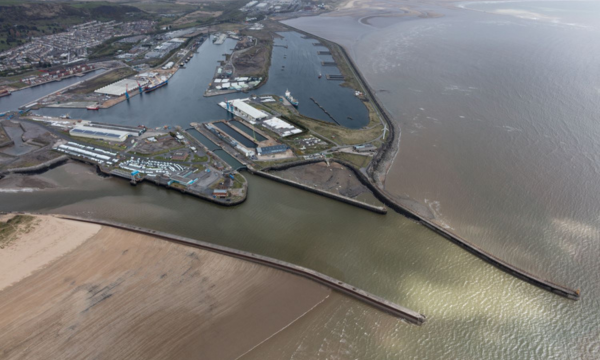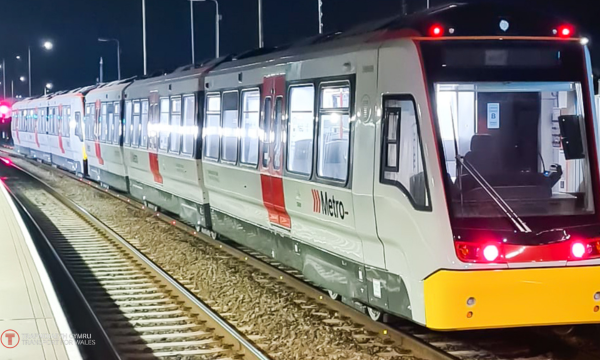
Over the past few months, the debate around how we build our future electricity infrastructure, whether via overhead lines or underground cables, has grown louder across Wales.
While it’s encouraging to see such widespread engagement with the future of our energy system, it’s vital that the conversation is grounded in fact, not assumption.
At Green Gen Cymru, we’ve recently published a detailed report, produced by Turner & Townsend and informed by technical cable sizing assessments from CCI, which outlines the reality of the costs and engineering requirements associated with both overhead and underground infrastructure.
What we’ve found is clear: the cost differential remains substantial, and it’s driven not by preference or planning, but by physics, engineering, and raw materials.
To put this in perspective, the cost of building an overhead line, ready for energisation, is approximately £1.25 million per kilometre. This figure has remained relatively stable for years because the methodology and materials involved in installing four pylons per kilometre have long been established and understood.
By contrast, when you look at undergrounding, we’re dealing with a minimum cost of £5 million per kilometre, and that’s before detailed design work, which often reveals additional complexity, is factored in.
More striking still is that just the raw cable alone, before it’s even installed in the ground, is already estimated at £1.8 to £1.9 million per kilometre, based on the 12-cable, double-circuit system we’ve assessed, with materials sourced from high-quality manufacturing facilities in Europe.
So when people ask, “Why don’t we just put it all underground?”, we need to be honest: that option is not only more expensive, but also more disruptive to install and more difficult to maintain.
That doesn’t mean it’s never appropriate, but it does mean it can’t be treated as the default solution. It has to be assessed carefully, case by case.
This isn’t just about technical design choices, it’s about getting renewables connected in time to meet climate goals, supporting rural economies, and enabling a thriving Welsh supply chain.
The projects we’re developing at Green GEN Cymru are about more than just cables and pylons, they’re about unlocking clean energy and creating jobs in construction, manufacturing, and operations across the country. But to do that, we need to keep the grid conversation rooted in reality.
We also need to improve how we communicate this message. These reports we’ve commissioned contain deep expertise and evidence, produced at considerable time and cost. They’re not just for internal use, they’re tools for transparency. It’s time we use them more proactively. That means working with communities, with decision-makers, and with the media to ensure that the Welsh public is properly informed.
Because the sooner we can move the debate from speculation to evidence, the sooner we can move forward, together, to deliver the infrastructure Wales needs for a clean, connected, and competitive future.
Stephen Rowlands talks about this and more in the Grid podcast episode The Cost of Electrification – Technology vs Inaction. Listen to the podcast here.















